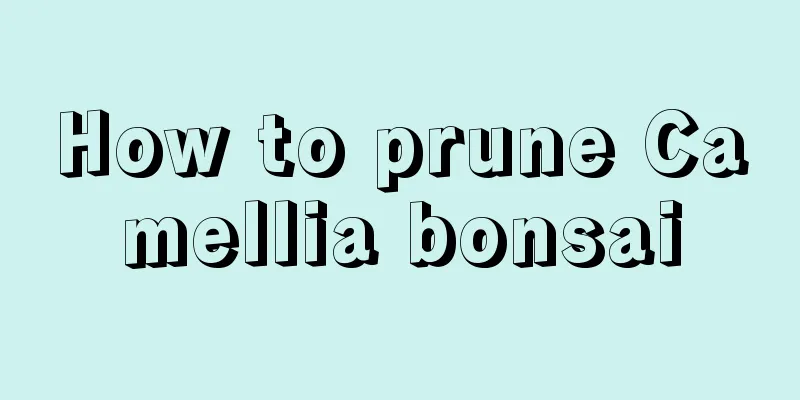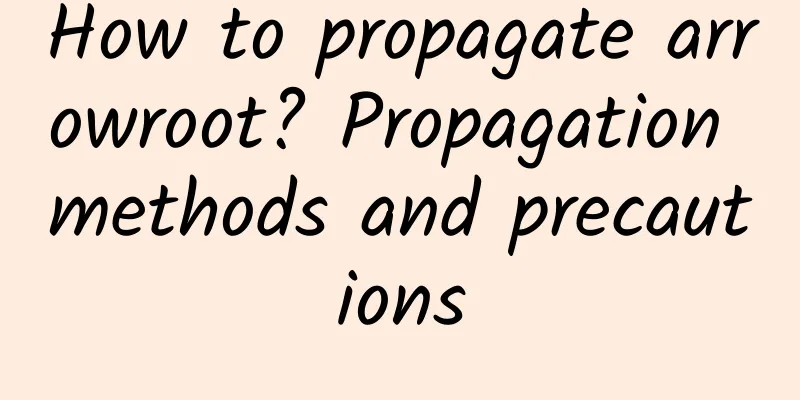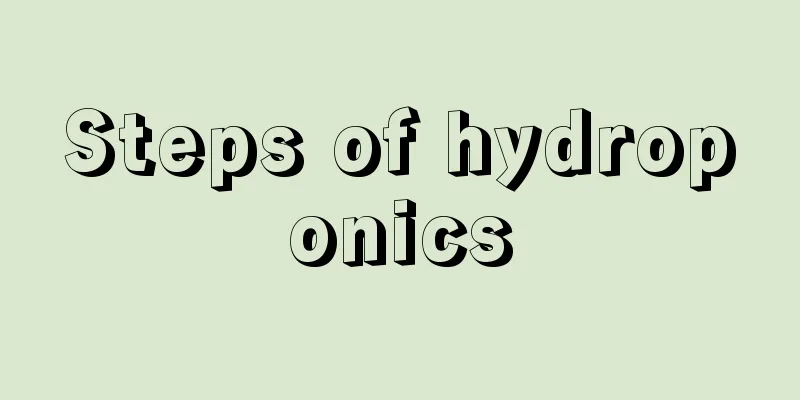How to prune Camellia bonsai

Trunk treatmentIt is necessary to combine the natural characteristics of different varieties of Camellia sasanqua and shape the trunk by climbing, tying, twisting, etc., or cut off the top to encourage the buds in the axils to sprout quickly, increase the number of branches, and help form the crown and layers. You can also cut off the main trunk and retain the side branches, and gradually build a crown of twisted branches year by year, but you must pay attention to the symmetry of the trunk and branches. The trunk of a straight-trunk tree should be straight or slightly curved, with the base of the trunk slightly thick and gradually becoming thinner upwards. The double-trunk shape should have secondary trunks near the base of the trunk, and of different heights. The trunk of a slanted tree should be tilted but not lying down. It should generally be kept at about 45°. The tilted part of the trunk should be more than one-half of the total length, and the crown should be straightened at the end. The curvature of a curved tree trunk should be natural and of appropriate proportions. It should not bend back and forth on the same plane, but should be staggered front and back. Branch processingThe length and density of the branches should be coordinated with the height and thickness of the trunk. Excessively dense branches can be pruned moderately. Do not allow them to bloom in the first two to three years, and do not be too hasty during the shaping process. Since the branches are relatively brittle and hard, especially the branching parts, which are easily broken, you must be especially careful. For individual slender branches, except for the overgrown branches which can be cut off or shortened, they should generally be shortened by twisting them with lead wire. It is better to make them thicker rather than thinner when shaping them, and it is best to process and shape them year by year. Blade treatmentBy processing the branches and twigs and combining them skillfully, a reasonable layout and harmonious proportions are achieved. The relationship between leaves should be handled in a way that they are not too many but not too numerous, and not too few but not too sparse. Some leaves can be pruned appropriately to ensure the coordination between the branches and leaves and the plant. During the cultivation process, limit the use of fertilizer and water appropriately to make the leaves as small as possible. Root treatmentRoot treatment should be combined with the posture of the trunk. For example, the roots of a straight trunk are best exposed slightly, the roots of a curved trunk can be exposed more, and it is best to have them intertwined, and the roots of a cliff trunk are best exposed on the other side of the upside-down. |
<<: Making and maintaining Camellia bonsai
>>: How to make bonsai of Bauhinia
Recommend
Can Dieffenbachia prunings be hydroponically cultivated?
1. Can it be hydroponically grown? Dieffenbachia ...
How to prepare orchid soil and how to prepare culture soil
Orchid soil requirements Different orchid varieti...
Huang Li's leaf cutting method
Select healthy leaves The biggest factor affectin...
Can I grow white orchids at home?
Can I grow white orchids at home? You can plant w...
Don’t forget to bring flowers home on typhoon days! These 3 kinds of flowers are very "delicate". If they are damaged by the wind, they cannot be saved.
Speaking of typhoons, let alone a typhoon of leve...
How to fertilize rice? When is the best time to fertilize?
Rice is one of the staple foods that everyone eat...
Can geraniums be planted in the ground?
Can geraniums be planted in the ground? Geraniums...
What flowers are suitable for growing in Jinan? What are the city flowers and trees?
1. Climate characteristics of Jinan Jinan is loca...
When is the best time to sow peony seeds?
Peony seeds sowing time The best time to sow peon...
How to grow tobacco on the balcony, what should be paid attention to
1. Lighting requirements If you grow flowering to...
What is the best month to plant passion fruit?
What month is suitable for planting passion fruit...
Before you change the flowerpot, you need to know this!
The two sides of repotting If you want to give pl...
Is Amaryllis poisonous? Can it be grown indoors?
1. Is it toxic? Put it indoors This type of plant...
Rhododendron diseases and prevention methods
1. Physiological diseases Diseases caused by poor...
The difference between Phalaenopsis and Clivia
1. Difference of blades The leaves of Phalaenopsi...









